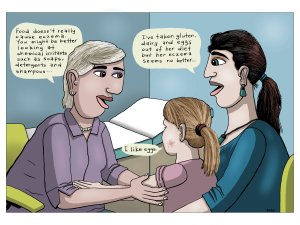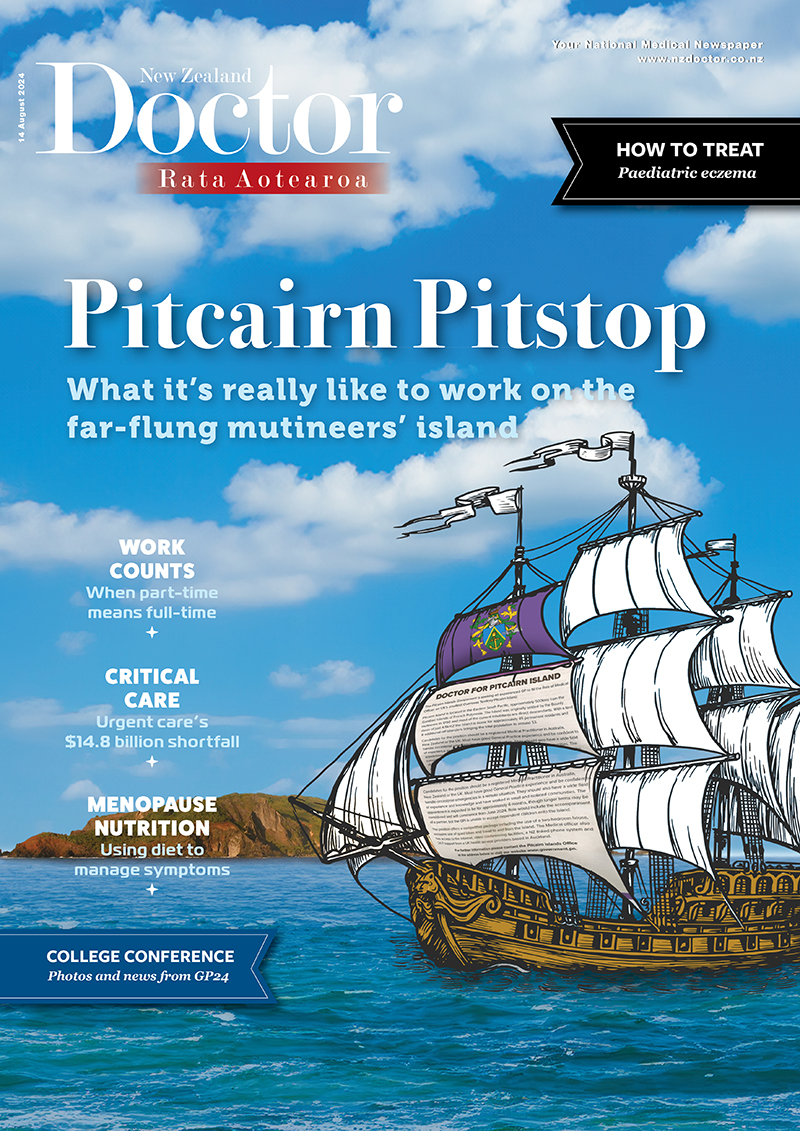Specialist GP Nikki Vadgama provides some tips to make your next paediatric eczema consult easier. She includes a review of new guidelines, resources, websites and medications for paediatric eczema management
Escaping the ward with virtual reality
Escaping the ward with virtual reality
Teri Jackson was diagnosed with acute myeloid leukaemia (a cancer of the blood and bone marrow) just before her year 12 exams.
“I was pretty much hospitalised from October until half way through February and I only got a few days outside,” she says.
Meanwhile, her friends were enjoying one of the best summers on record.
But thanks to a helpful friend and innovative use of virtual reality (VR) technology, Teri got to experience a little bit of the world outside her room.
Teri met MRI technologist Peter Dooley a few times while getting scans.
“And he just kind of showed up one time in the ward and said ‘Here’s a VR headset’,” she says.
Peter has been working on using virtual reality to improve outcomes for patients.
He has successfully used VR to prepare young patients for MRI scans, resulting in fewer failed scans and because a general anaesthetic was needed less often, a much shorter wait time for a scan.
Peter wants to find new uses for VR, and says he was interested to see what Teri and her friends could do with the headset and a 360 degree camera.
Teri’s friend Hunter Benbow took the camera out and made immersive movies and photos to be viewed on the headset.
“It was quite neat, I just set the camera up on a hill near Lake Lyndon. That was one trip. I also took it around town and took five-minute clips around the place. I even strapped it to the tractor,” Hunter says.
Peter says the process is helpful for the patient and also for family and friends who want to be involved.
“Teri was in a dark room, then she puts this headset on and all of a sudden she’s up in the mountains, or she’s on her mate’s tractor,” he says.
“When someone gets sick the family and friends want to help, and there’s not much they can do. This is a great way to include them.”
Teri says the technology has potential to improve hospital stays for a lot of long-term patients.
“It felt a little bit like an escape. Obviously I couldn’t go outside so having outside brought to me was pretty cool.”




